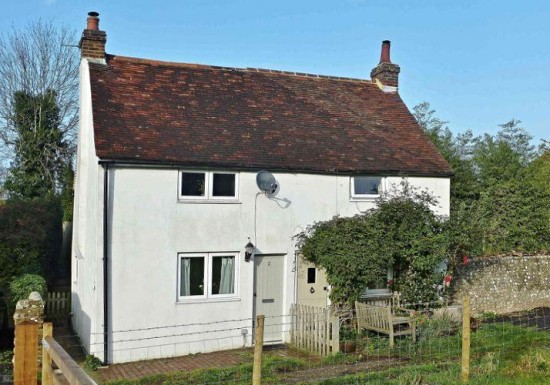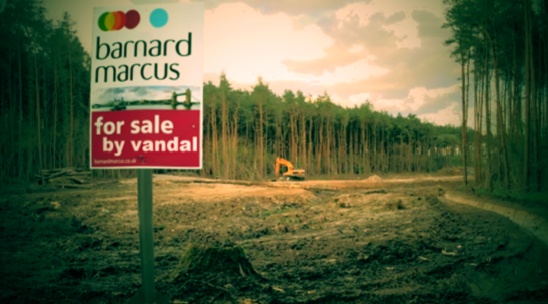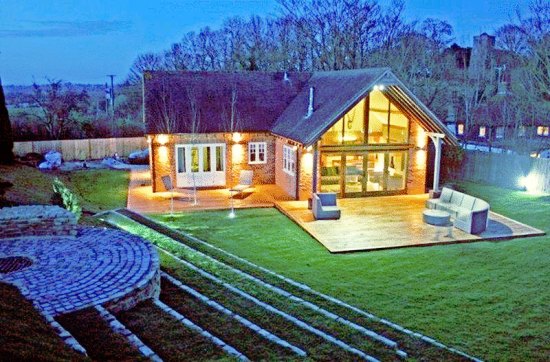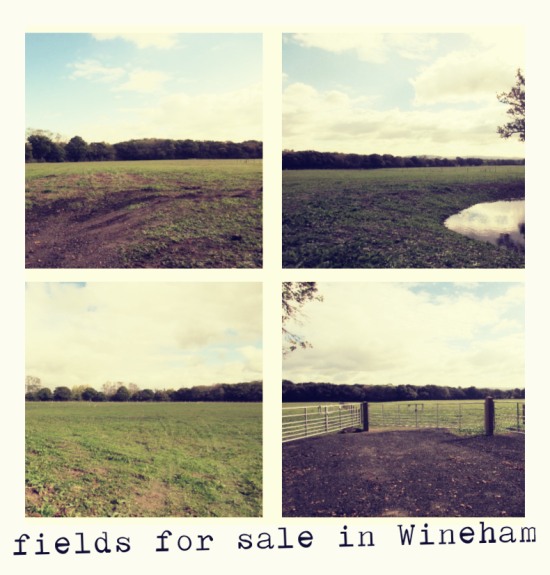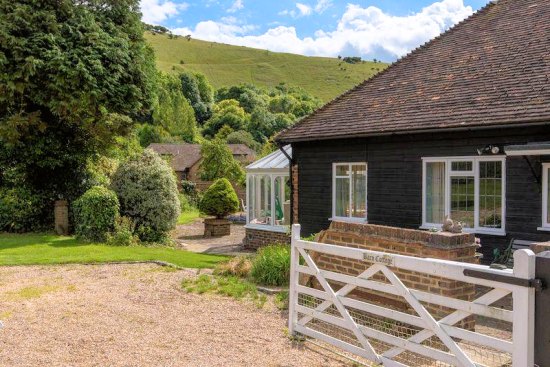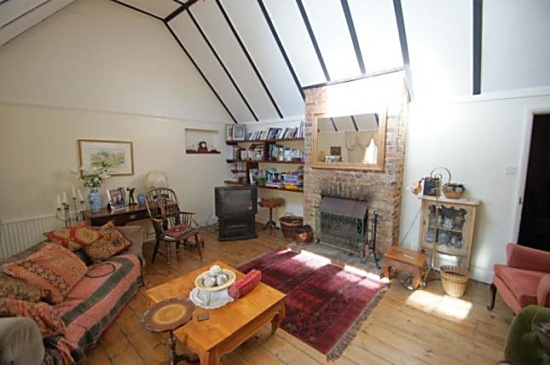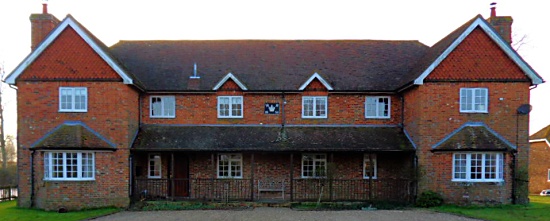
Drop-in event at Fulking Village Hall, during the Family Coffee Morning from 10:00am–11.30am on Wednesday 18th January. Come and see us. Pick up your free room thermometer cards. Discuss with us energy efficiency measures and grants available – and the support provided by Heat for Health. [Probably your last chance — the scheme is ending this financial year.]
Category Archives: Property
Heat for Health

By statute, you are living in fuel poverty if (i) you are poor, and (ii) you live in a home which cannot be kept warm at reasonable cost. That’s tough but, if someone over 65 or under 5 lives in your home, then help is at hand from MSDC. Well, it is until the end of this year, when the Heat for Health scheme ends. Boiler replacements, insulation or secondary glazing may be available to eligible households. Click the image above for more information or email Katja Rothe, the Mid Sussex Community Energy Adviser.
If you are not living in fuel poverty, then another bureaucratic scheme (Act on CO2) advises you to turn your thermostat down by one degree. The warm glow of self-righteousness fully compensates for the consequent drop in temperature (apparently).
Mayfield update
On the market
In the 1930s, this site was where the village blacksmith’s shop stood. It was here that the farm and dray horses were shod and all the hardware (gates, hinges and wrought iron railings) for the Shepherd and Dog and the village houses were forged. It was originally part of the Bungalow Farm, known today as ‘Four Acres’ and it was later partitioned off from the farm as a separate property. The buildings comprised a wooden house with a corrugated iron roof and the oldest walls were constructed of horsehair, dried leaves and daub. Some of the original beams still form a feature of the interior of the house. An adjoining lean-to was fitted with a large, sliding door where carts were stored and behind this was a yard and stable.
Mr. Ernest (Ernie) Wingham, who kept cows off Holmbush Lane, occupied the house for many years. Ernie operated a milk round at the north end of Fulking. He also kept a stock of shotgun cartridges at the house and some of the older residents of the village can recall being sent to purchase these for their fathers’ guns. When Ernie later moved to Littledown Farm, he sold the property to the local builders, Ridge & Franks, who used the building to store their materials. They later rebuilt the property, converting it into a single dwelling and sold it. In the 1980s the site was enlarged to include an additional area of land to the east, which provided a garden and parking area. Parts of the old farm walls still survive as testament to the origins of this small cottage with its wonderful views south to the Downs.
Passages quoted from Anthony R. Brooks (2008) The Changing Times of Fulking & Edburton. Chichester: RPM Print & Design, pages 142-143.
On the market
Originally, this was a small bungalow named Thurston, owned by G.F. Donne. In the 1970s it was acquired by Mr. Brutie and his wife who started a company in Poynings, packing screws, nails, and small items that were required by the handyman. This became very successful and he became known locally as ‘Mr. Screws’.
Sadly, no male member of Mr. Brutie’s family ever lived beyond 60 years of age and so, as he approached 60, he sold both Thurston and his business* and retired to live in Newtimber. He remained very active, but one day, on returning home from one of his frequent games of golf, he had a heart attack and died, having lived just long enough to defy the family ‘curse’.
The new owner set up a dog and cat boarding kennels known as Badger Brook. In the mid 1990s planning permission was granted for a two storey extension to be added to the north end of the bungalow. The pet boarding facilities were upgraded in the early 2000s and this business still operates from the north end of the site.
*Screwfix was subsequently purchased by B&Q.
Passage quoted from Anthony R. Brooks (2008) The Changing Times of Fulking & Edburton. Chichester: RPM Print & Design, page 77.
On the market
This building originated as a triple tenement cottage housing farm labourers and was used as such until Terry Willis purchased it in 1986. He reduced the cottages to ground level, modified the footings and rebuilt them as one house using as many of the original bricks and other materials as could be salvaged. As construction progressed old beams, doors, door frames and floorboards, all largely made of oak, were incorporated into the new building. He even placed a stone bearing the date 1856 that had previously been part of the original cottages on the front wall, giving the house an air of authenticity. A large, well established pond on the south side of the building was reduced to about half its size by filling around its circumference with hard-core. This was done in such a way that it still retained the appearance of the original pond.
A public footpath extending from the north end of Perching Drove runs through the large, picturesque front garden and from the back garden there are the most wonderful views west, across the Sussex Weald, to the ridge of the South Downs and Chanctonbury Ring. Watching the sunset from there is a truly magnificent sight.
Passage adapted from Anthony R. Brooks (2008) The Changing Times of Fulking & Edburton. Chichester: RPM Print & Design, pages 189-190.

